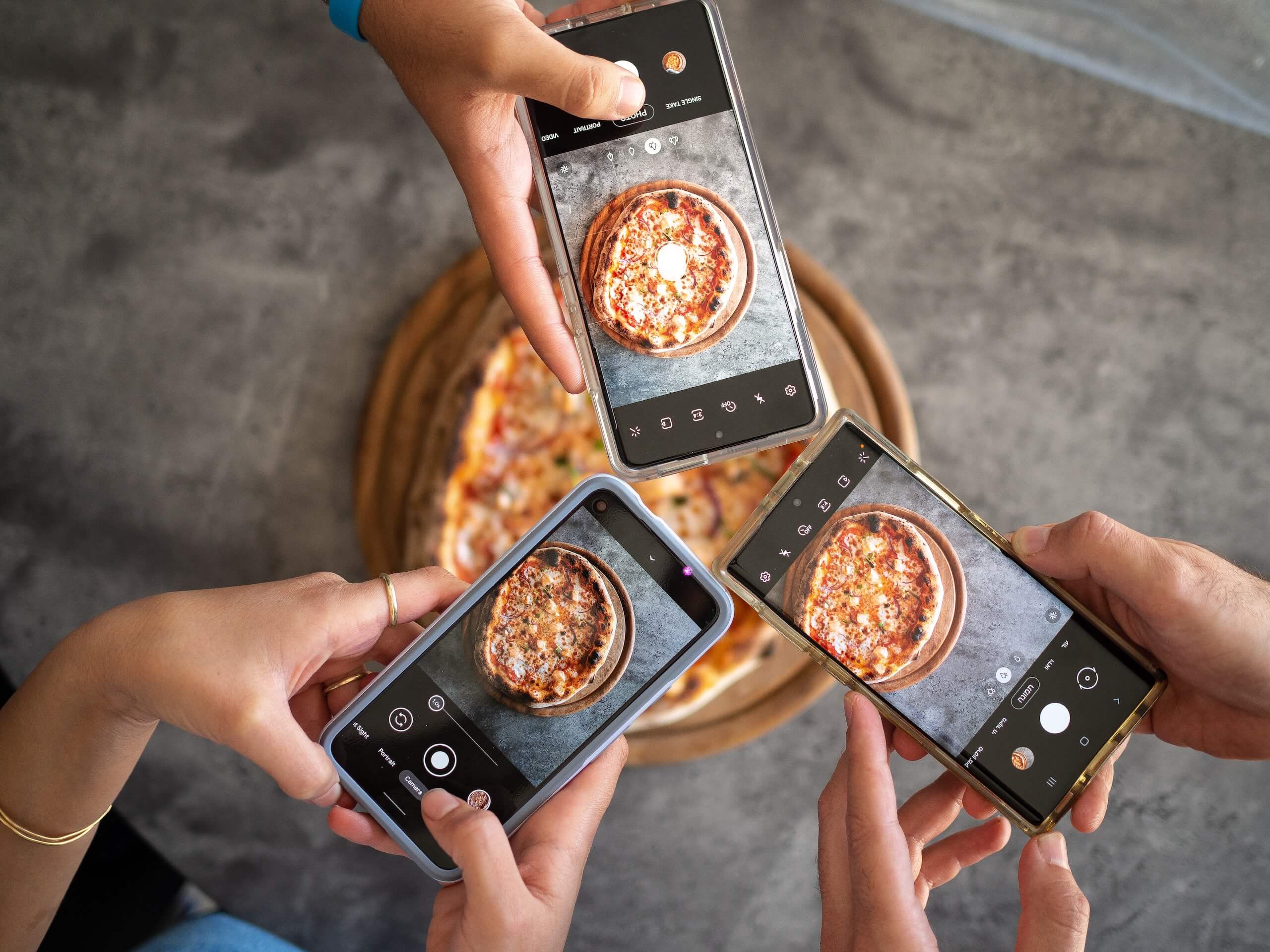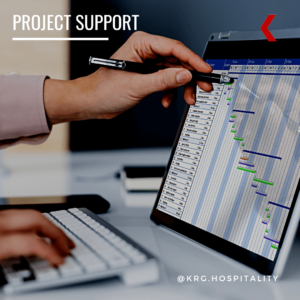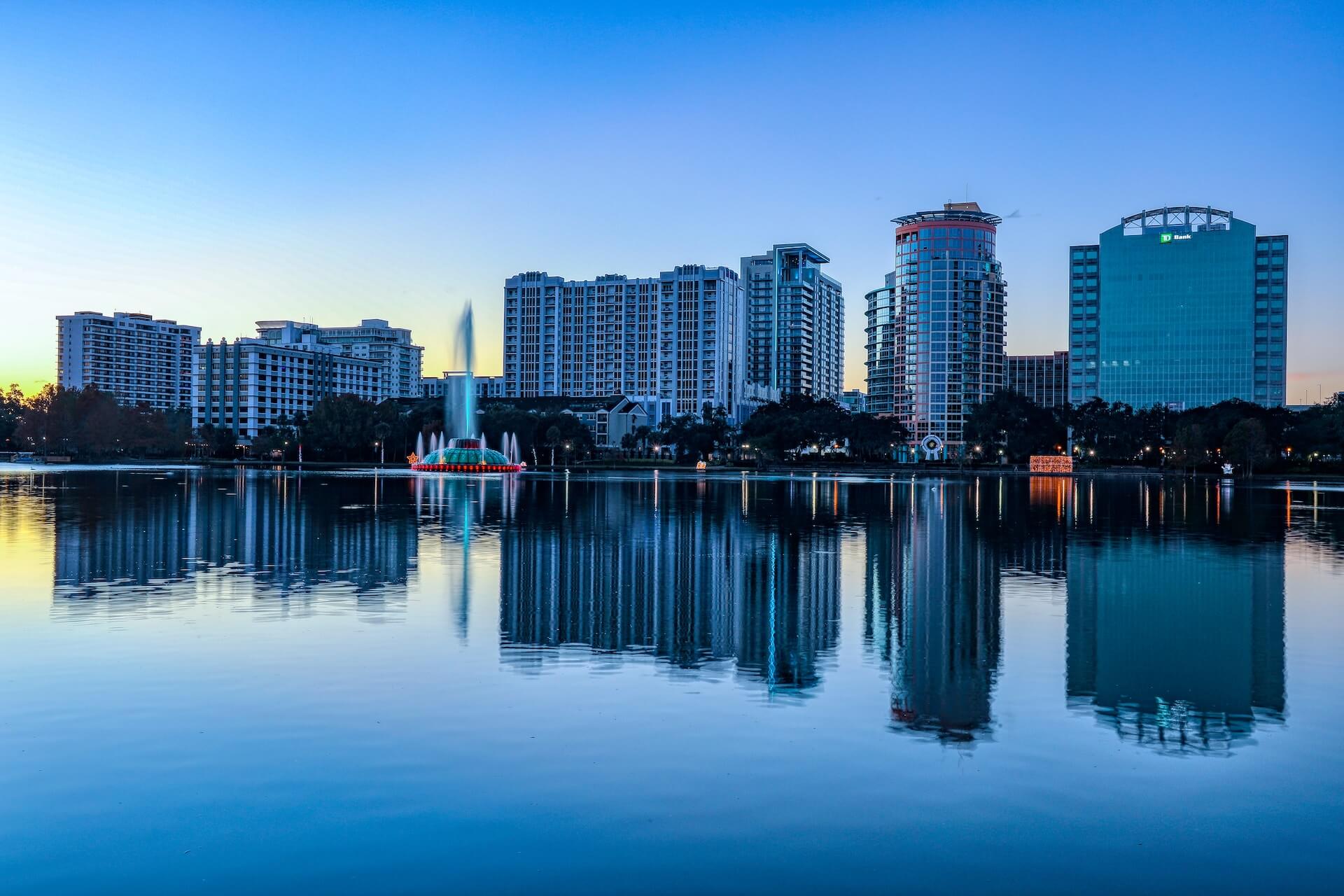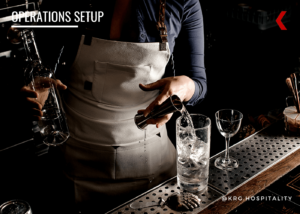Gen Z Shifting the Restaurant Landscape
by Nathen Dubé

I think we can admit every demographic snaps pics of their food now.
The next wave of restaurant guests is ready to be won over. Our industry is on the cusp of a monumental shift, and Generation Z is at the helm.
As they come into their own, both socially and economically, this vibrant generation is poised to redefine dining as we know it. With their digital-first mindset, staggering spending power, and penchant for loyalty, Gen Z is a demographic that no restaurant can afford to overlook.
Comprising nearly a quarter of the American economy, Gen Z is a force to be reckoned with. Born in 1993 or later, they command an awe-inspiring $250 billion in spending power.
But what’s truly remarkable is their approach to dining. Generally speaking, eating out is not an occasional indulgence for this generation; it’s a regular part of life.
In fact, the majority of Gen Zers frequent restaurants at least once a week, a statistic that’s all the more astonishing when you consider that many are not even old enough to drive.
As this generation matures and their financial standing improves, they are set to become the next wave of loyal restaurant patrons. To capture their attention and build lasting relationships, restaurants must focus on three pivotal areas: cutting-edge technology, customizable menus/personalization, and one-of-a-kind experiences.
By proactively adapting to meet the unique needs and desires of Gen Z, restaurants can not only win their business but also secure a prosperous future in an ever-evolving industry.
So, the question isn’t whether to adapt to Gen Z. Rather, the question is, how quickly can you do it?
The next generation of restaurant-goers is not just knocking at the door, they’re already here. And they’re ready to dine.
Technology
Generation Z is a digitally native cohort, seamlessly integrating smart technology into every facet of their lives—from smart cars to smartphones.
To engage with this generation of guests effectively, it’s imperative for restaurants to have a mobile-optimized online menu. Given Gen Z’s penchant for quick, easily digestible information, a streamlined, fast-loading menu is key.
Highlighting elements like flavors and health-conscious options can serve as compelling selling points.
The Digital Investment Dilemma
While the allure of digital innovation is undeniable, it comes with its own set of challenges, primarily financial.
However, there is good news.
Investing in robust digital systems is essential for ensuring a smooth guest experience. This investment often yields dividends in the form of operational efficiency and heightened customer loyalty—two factors crucial to long-term success.
Gen Z, in particular, is quick to embrace modern conveniences like alcohol delivery and digital ordering, signaling a clear trajectory for the restaurant industry’s future.
Additionally, many innovative tech solutions integrate with platforms operators use currently. Where this is the case, the new tools can enhance operations, automation, marketing campaigns, back of house, etc., which justifies the initial outlay.
Augmented Reality: A New Frontier in Dining
Augmented reality (AR) in the dining space is an emerging trend with boundless potential. Although the initial costs of integrating AR can be steep, the payoff in terms of guest engagement is substantial.
Imagine a dining scenario during which guests can use AR glasses or goggles to access nutritional information about their meal instantly. The possibilities are as limitless as they are exciting.
Staying ahead of the curve with tech ensures restaurants not only attract Gen Z but also offer an enhanced dining experience that sets them apart in a competitive market and attracts guests of all ages.
The future of dining is here, and it’s digital, customizable, and incredibly interactive. Are you ready to be a part of it?
Social Media
When it comes to capturing the attention of Gen Z, social media is a goldmine.
While Facebook may not be their platform of choice, YouTube, Instagram, and TikTok are where they’re most active.
These platforms are ideal for sharing quick, engaging six- to 15-second videos that resonate with Gen Z’s fast-paced and humorous nature. Bear in mind, video not only killed the radio star, it has surpassed static photography as the engagement format of choice.
And don’t underestimate the influence of even the youngest among them; they often have a significant say in family dining decisions.
Social Media: The Modern-Day Word-of-Mouth
In today’s digital landscape, social media isn’t just a platform—it’s a potent marketing arsenal.
Gen Z is particularly vocal about their dining experiences, often sharing them online for their followers to see. This user-generated content serves as invaluable, organic marketing that can drive both foot traffic and revenue.
In essence, social media has become the new word-of-mouth, and restaurants should actively encourage this form of authentic promotion.
The WiFi Factor
Offering free WiFi isn’t just a courtesy, it’s strategic.
By becoming a wireless hotspot, you’re also positioning yourself as a dining hotspot.
Free WiFi enables Gen Z patrons to stay connected, even while enjoying a meal with family or friends. They can easily share texts, photos, and perhaps even a glowing review, providing your restaurant with the kind of word-of-mouth advertising that money can’t buy.
By embracing these digital and social strategies, restaurants can not only attract the Gen Z audience but also create a dynamic, interactive dining environment that appeals to all.
The future of the restaurant industry is undeniably digital, and those who adapt will not just survive but thrive. Are you prepared for this exciting new chapter in dining?
Authenticity
The culinary landscape is evolving, and Gen Z is at the forefront of this transformation.
Authentic and Global Flavors: The Culinary Passport
In an era marked by globalization, Gen Z’s palate is as diverse as their worldview.
Their affinity for authentic, global flavors is more than a trend, it’s a reflection of a world where borders are increasingly blurred. As international cuisines become more accessible, they’re also becoming a staple on restaurant menus.
For restaurateurs, this provides an opportunity to diversify and enrich their culinary offerings.
Fusion: The Art of Culinary Innovation
Fusion foods are not merely a passing fad. Truly, fusion is a celebration of culinary creativity.
This trend allows chefs to push the boundaries of traditional cooking, often creating unique, high-value dishes that enhance a restaurant’s revenue potential.
In many ways, fusion embodies the inclusive and diverse spirit of Gen Z, making this culinary approach a hit among this demographic.
Experiential Dining: The Rise of the Experience Economy
The move towards experiential dining is part of a larger shift in consumer behavior, where experiences are valued over material goods.
Restaurants offering interactive experiences like cooking classes, wine tastings, or farm-to-table events are tapping into this lucrative trend.
Gen Z, in particular, is drawn to such experiential dining options, as well as to culinary fusions and fresh, natural ingredients.
A New Wave of Flavors and Dining Options
Unique flavors like yuzu, tamarind, and lemongrass are more than just exotic additions. These flavors and ingredients are becoming mainstream, particularly among Gen Z.
Educational food services, from grade schools participating in the National Restaurant Association’s Kids LiveWell program to college campuses offering “campus cuisine,” are also playing a role.
These institutions are introducing Gen Z to a wide array of international flavors and dietary options, including vegan, vegetarian, and gluten-free choices.
By understanding and embracing these trends, restaurants can position themselves as forward-thinking establishments ready to meet the diverse needs and preferences of Gen Z.
The future of dining is here, and it’s as varied, interactive, and global as the generation it serves. Are you ready to be a part of this culinary revolution?
Crafting the Ultimate Customizable Dining Experience
When it comes to dining, Gen Z values customization above all else. They want their meals tailored to their preferences, and they want them now.
While staples like burgers and pizza remain popular, it would be a mistake to pigeonhole their tastes.
According to Technomic’s The Generational Consumer Trend Report, Gen Z has a broader palate, embracing a range of global cuisines like Chinese, Mexican, and pasta at rates higher than any other generation.
A Melting Pot of Influences
This global appetite is more than just a random preference. Rather, it’s a reflection of Gen Z’s diverse background and the adventurous spirit of their Gen X parents.
But the driving force behind it all is the allure of customization.
Imagine a dining table where each person has their own uniquely crafted taco, creating a communal dining experience rich in personalization. This aligns perfectly with insights from Flavor & The Menu’s Generational Flavors report, which highlights the importance of affordability, value, and convenience to Gen Z diners.
The Customization Kings: Why Subway and Chipotle Reign Supreme
It’s no coincidence that eateries like Subway and Chipotle are among Gen Z’s favorites. These establishments have mastered the art of customization while also offering affordability and convenience—three key factors that resonate with this generation.
By recognizing and capitalizing on these trends, restaurants can craft the ultimate dining experience that not only appeals to Gen Z but also sets them apart in a highly competitive market.
The future of dining is customizable, diverse, and incredibly exciting. Are you prepared to meet the demands of this new generation of discerning diners?
Social Responsibility
A Win-Win for Brands and Consumers
For Gen Z, social responsibility isn’t just a buzzword, it’s a way of life. And this focus translates into tangible economic gains for restaurants.
Brands that actively engage in social responsibility have seen a four-percent uptick in sales. This demonstrates that doing good is also good for business.
This generation is more likely to patronize establishments that resonate with their values, making corporate social responsibility not just an ethical imperative but a savvy business strategy.
Health and Wellness: The New Currency
Gen Z’s emphasis on better-for-you options extends to their dining choices.
According to Technomic, features like recycling, sustainable food practices, and health-conscious menu items can significantly boost restaurant traffic.
But it doesn’t stop there.
This generation is willing to pay a premium for quality and health benefits, opening up lucrative revenue streams for restaurants that offer premium, health-focused menus. This is not a fleeting trend but a market shift, propelled by Gen Z’s prioritization of quality over quantity.
Sustainability: The Green Dividend
The push for sustainability is evolving from an ethical stance to an economic imperative. With government incentives encouraging eco-friendly practices and a consumer base willing to pay extra for sustainable options, going green is increasingly profitable.
This creates a virtuous cycle where businesses can contribute to environmental conservation while also boosting their bottom line.
By aligning with these core values—social responsibility, health and wellness, and sustainability—restaurants can attract the discerning Gen Z but also position themselves for long-term success in a rapidly evolving market.
The future of dining is socially responsible, health-conscious, and eco-friendly. Are you ready to embrace it?
The Social Hub
Coffee Shops as Gen Z’s Gathering Grounds
Starbucks and similar coffee shops have become social hubs for Gen Z.
Offering specialty coffee experiences in an adult-like setting, these establishments have become the go-to spots for socializing among those too young for adult beverages.
A Diverse Palette of Beverages
When it comes to drinks, Gen Z’s preferences are as diverse as their food choices.
While soda remains a popular option, this generation is also more inclined than others to opt for healthier alternatives like lemonade, bottled water, fruit juice, and smoothies.
Highlighting these better-for-you options can be a smart move for restaurants looking to cater to this health-conscious demographic.
Nutritional Transparency: A Win for All
In a world where regulatory scrutiny around food labeling is intensifying, transparency is key.
Restaurants that provide nutritional information voluntarily not only cater to the health-focused mindset of Gen Z but also position themselves as responsible businesses in the eyes of both regulators and the broader community.
In Conclusion: The Future of Dining is Here, and It’s Gen Z
As we’ve explored, Gen Z is redefining the dining landscape in numerous ways—from their penchant for customization and global flavors to their focus on social responsibility, health, and sustainability.
By understanding and adapting to these multifaceted preferences, restaurants can not only attract this influential demographic but also set themselves up for long-term success in an ever-changing industry.
The future of dining is not just about food; it’s about creating an experience that resonates with the values and lifestyles of the next generation of consumers.
Are you ready to be a part of this exciting culinary evolution?
Image: Yoav Aziz on Unsplash


















